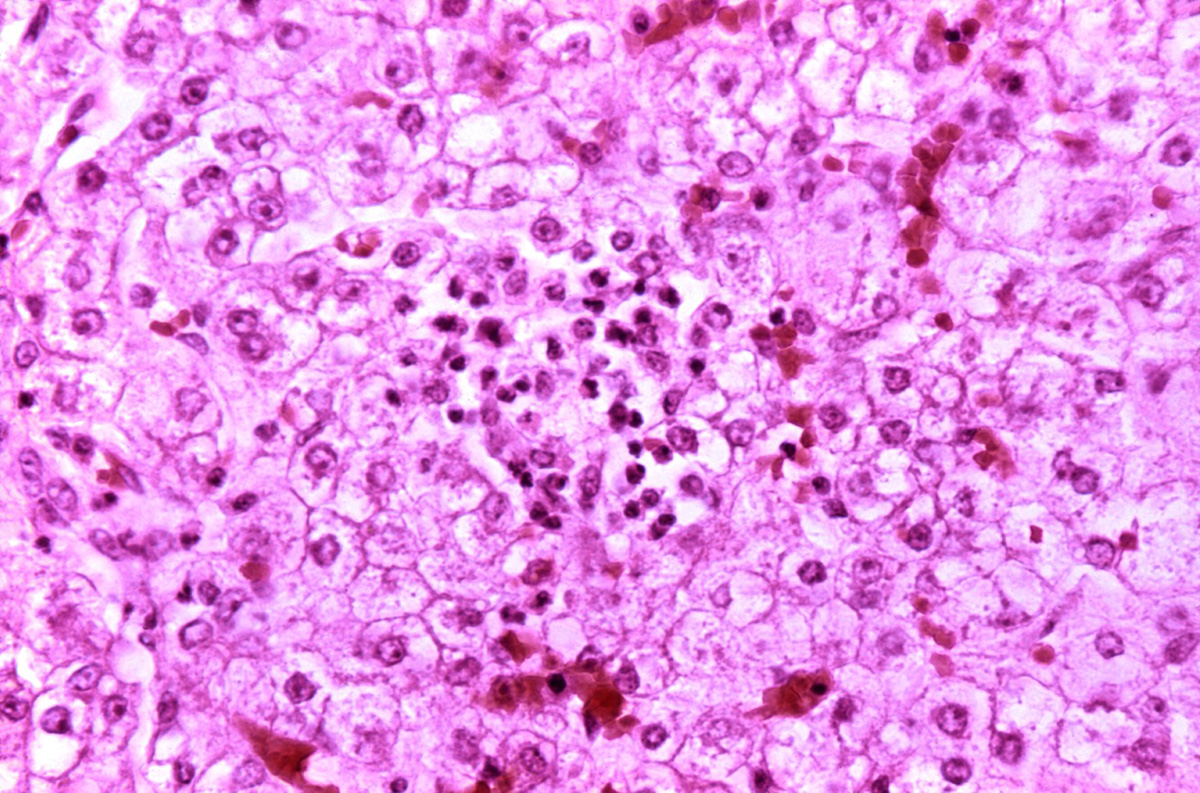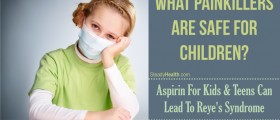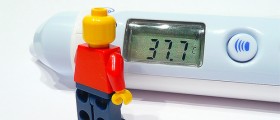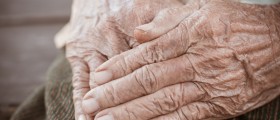
Reye's syndrome is a rather rare but sometimes life-threatening condition characterized by swelling of vital organs the liver and the brain. The condition exclusively affects small children and teenagers who have recently had a viral infection and have some kind of a metabolic disorder. Early diagnosis is of major importance since together with prompt treatment it can save a child's life.
Five Stages of Reye's Syndrome
The main characteristic of Reye's syndrome is damage to the liver and the brain. Additionally, the condition leads to a reduction in level of glucose in the blood. There has to be an underlying or a recent viral infection and a history of taking Aspirin. Scientists have not managed to explain how Aspirin triggers damage to vital organs in children while they are suffering from viral infections. One more mystery is that Reye's syndrome may also occur if a child has not taken Aspirin.
Still, regardless the underlying cause, the most important thing is to recognize the syndrome as soon as possible and treat it on time, preventing long-term sequelae and severe damage to both, the liver and the brain.
Reye's syndrome progresses through 5 stages. In the first stage patients develop rash on the palms and feet. Nausea and prolonged, heavy vomiting occur as well. There are also fever, headache, confusion and generalized lethargy. In the second stage the inflammation of the brain (encephalitis) triggers stupor. The liver is affected by accumulation of large vacuoles of triglyceride fat. Hyperventilation and hyperreflexia are also characteristic for this stage of the disease. In stage 3 Reye's syndrome patients may develop coma which is commonly a consequence of cerebral edema. Respiratory arrest also occurs in this stage and may be a cause of lethal outcome. In stage 4 there is clear deepening of the coma, patient's pupils are fully dilated and unresponsive to light stimulation. The liver still functions but minimally. Finally, in stage 5 Reye's syndrome, terminal stage that develops soon after the disease enters the stage 4, patients develop seizures, there are signs of multiple organ failure, flaccidity, an increase of level of ammonia in the blood and death.
Cases of Reye's Syndrome in Adults
As it has already been mentioned Reye's syndrome typically affects children and may occur among teenagers. However, several adults have been diagnosed with the same condition. These isolated cases were not connected with severe or permanent damage to the nervous system and liver.
Since the syndrome predominantly affects young individuals, doctors pay close attention and take Reye's syndrome into consideration each time a young person has had or has a viral infection and has been administered Aspirin.
In the United States thanks to knowledge many parents obtained regarding the connection between chickenpox and virus-like illnesses and intake of salicylates in children, the number of patients with Reye's syndrome has significantly fallen. Today only a few cases per year are reported which was not the case in 1980 when 555 cases of Reye's syndrome occurred.Treatment Options
Patients suffering from Reye's syndrome are always treated in hospital environment. More complex cases, when vital functions are jeopardized are treated in the intensive care unit. Doctors together with other medical staff closely monitor patients, their blood pressure and other vital signs.
All medications are administered intravenously because this way their effect is achieved faster. Intravenous fluids contain plenty of necessary electrolytes and some nutrients.
Diuretics are administered in patients with increased intracranial pressure. These drugs eliminate excess of fluid from the body and the cranium reducing the pressure on the brain and potential damage. Similar effect is obtained with corticosteroids. Prevention and treatment of seizures is achieved with antiepileptic drugs. Blood sugar irregularities are dealt with small amounts of insulin.
Sometimes patients may bleed more than normally. Under such circumstances treatment additionally includes vitamin K, plasma and platelets. A breathing machine is important for patients with severe breathing difficulties and certain number of comatose children.
The prognosis for children suffering from Reye's syndrome has significantly improved. The best effects and outcome are expected when the condition is treated on time and aggressively. Early diagnosis and suitable treatment may improve the outcome and are known to increase the survival rate to approximately 80%.
The recovery in adults who are diagnosed with Reye's syndrome is much better compared to younger patients. Their brain function returns to normal within two weeks. The same goes for liver abnormalities. So, adults are practically never affected by permanent damage to these vital organs.
Not all the children are lucky and certain number end with irreversible damage to the brain resulting in different neurological sequeale or loss of certain brain functions. Infants are particularly prone to long-term complications of the disease.
All in all, parents whose child is vomiting, is extremely sleepy, and there are noticeable changes in his/her behavior are due to contact the child's doctor as soon as possible. And finally, all parents must never give their child salicylates, especially Aspirin during the ongoing chickenpox, influenza and other such viral infections. As a matter of fact, Aspirin is never supposed to be administered to a child.

















Your thoughts on this
Loading...